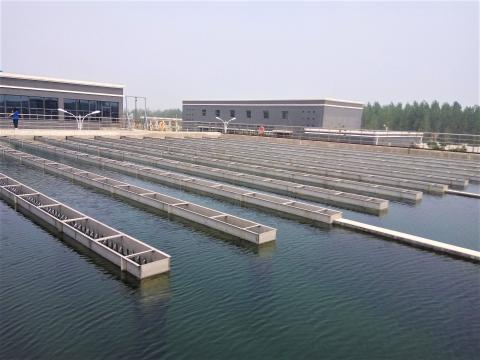Region: Latin America and Caribbean (LAC)
Country: Global / Non-Specific
Sectors: Water and Sanitation
Keywords: Sector, Private Sector, Joint Venture
Document(s):
Empresa Mixta AFD Publication June 7 bytes, Empresa Mixta AFD Publication June 7 bytes
Document Summary:
Castro and Jannsens 2013, AfDB
The importance of the water and sanitation sector is driving governments worldwide to seek innovative approaches to harnessing private sector management skills and investment capabilities. This review of the empresa mixta model was undertaken to better understand its structure, applicability and strength in mitigating risks in the water and sanitation sector. The last decade has provided many lessons on empresas mixtas, particularly in Latin America. Empresa mixta literally translates into ‘mixed company’ and is the popular term for joint ventures between the public and private sectors. Its application to the water sector originated in Spain and has more recently spread to Latin America, most notably Brazil, Colombia, Cuba and Mexico.
Document Details:
The first empresa mixta in the water sector was Aguas de Alicante S.A., founded in 1953 and today called Aguas Municipalazadas de Alicante, Empresa Mixta (AMAEM). The private partner, Aguas de Barcelona (AGBAR), later took its successful experience in Spain to Latin America. Experience has shown that the empresa mixta model can be a publicly more acceptable form of PPP since it allows the public sector to retain a certain level of control.
An empresa mixta operates like a share corporation in terms of governance and autonomy. In an empresa mixta, the public partner (e.g. a municipality) will create a new company and can retain the majority share while a private operator with the capacity to optimize the processes and improve customer service, or multiple private investors joined with the operator, hold the minority share – and vice versa. In addition, the private partner enters into a management contract with the public partner for day-to-day operations. Unlike a joint venture (JV) say in the manufacturing sector, the water and sanitation sector has specific features that complicate the provision and management of services. These include a natural monopoly and the high cost of entry and expansion. The empresa mixta model can help mitigate major risks by drawing on the strengths of both the public and private partners.
Tracking Number: Mixed Private-Public Ownership Companies “Empresa Mixta”_2011_EN
This document has been prepared for the purposes of the PPP IN LEGAL RESOURCE CENTER FOR CONTRACTS, LAWS AND REGULATIONS (PPPLRC) website. It is a sample document FOR REFERENCE PURPOSES ONLY and SHOULD NOT BE used as a "model". The inclusion of any legal materials on the PPPLRC website does not mean that they are in any way approved, endorsed or recommended by the World Bank Group or its affiliates. Legal advice should be sought to determine whether a particular legal document is appropriate for any given project, and how the specific terms of the document should be adapted to fit the circumstances of that project.
Updated: March 23, 2021
